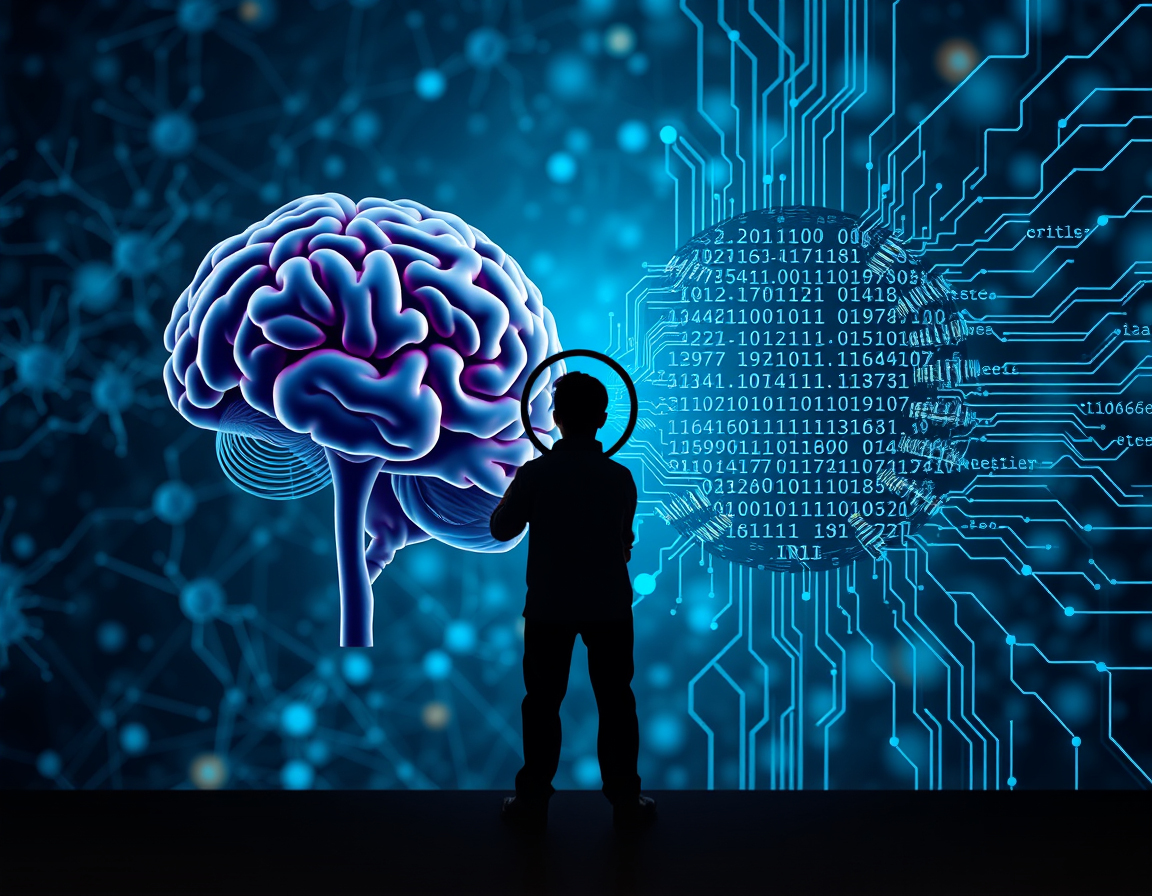Buckle up, folks! We’re diving headfirst into the wild world of critical thinking in the AI age. It’s 2024, and let me tell you, things are getting downright mind-bending out here. Remember when we thought smartphones were the peak of innovation? Ha! Now we’ve got AI chatbots finishing our sentences and algorithms predicting our next move. But here’s the million-dollar question: In this AI-saturated landscape, how do we keep our own noggins in tip-top shape?
Let me hit you with a stat that’ll make your jaw drop. According to the World Economic Forum, critical thinking is projected to be the second most important skill for workers by 2025. That’s right, our ability to think critically isn’t just handy—it’s becoming our superpower in a world where AI can spit out answers faster than we can blink!
But don’t panic! I’m here to guide you through this brave new world. We’ll explore everything from combating information overload to unraveling AI-induced biases. Trust me, by the time we’re done, you’ll be a lean, mean, critical thinking machine. Ready to flex those mental muscles and show AI who’s boss? Let’s dive in and discover how to master the art of critical thinking in our AI-powered reality!
Understanding Critical Thinking in the Context of AI
Alright, let’s dive into the nitty-gritty of critical thinking in the AI age! Trust me, this is where things get really interesting.
First off, what exactly is critical thinking? It’s not just being a skeptic or playing devil’s advocate (though that can be fun!). Critical thinking is our superpower to analyze, evaluate, and reimagine information. It’s about asking the right questions, spotting biases, and making rock-solid decisions. And in this AI-saturated era, it’s more crucial than ever!
AI is changing the landscape of information processing and decision-making. HOW?
Now, here’s where AI throws a curveball into the mix. These artificial intelligence systems are processing information at mind-boggling speeds, churning out data interpretations and suggestions faster than we can say “algorithm.” It’s like having a super-smart assistant… on steroids! But here’s the kicker – AI isn’t infallible. It can amplify biases, misinterpret context, or simply get things wrong. That’s where our human critical thinking skills come into play.
Think of it this way: AI is like a powerful telescope, helping us see farther and clearer than ever before. But we’re the astronomers who need to interpret what we’re seeing, question our observations, and draw meaningful conclusions. It’s a human-AI partnership that can lead to incredible breakthroughs!
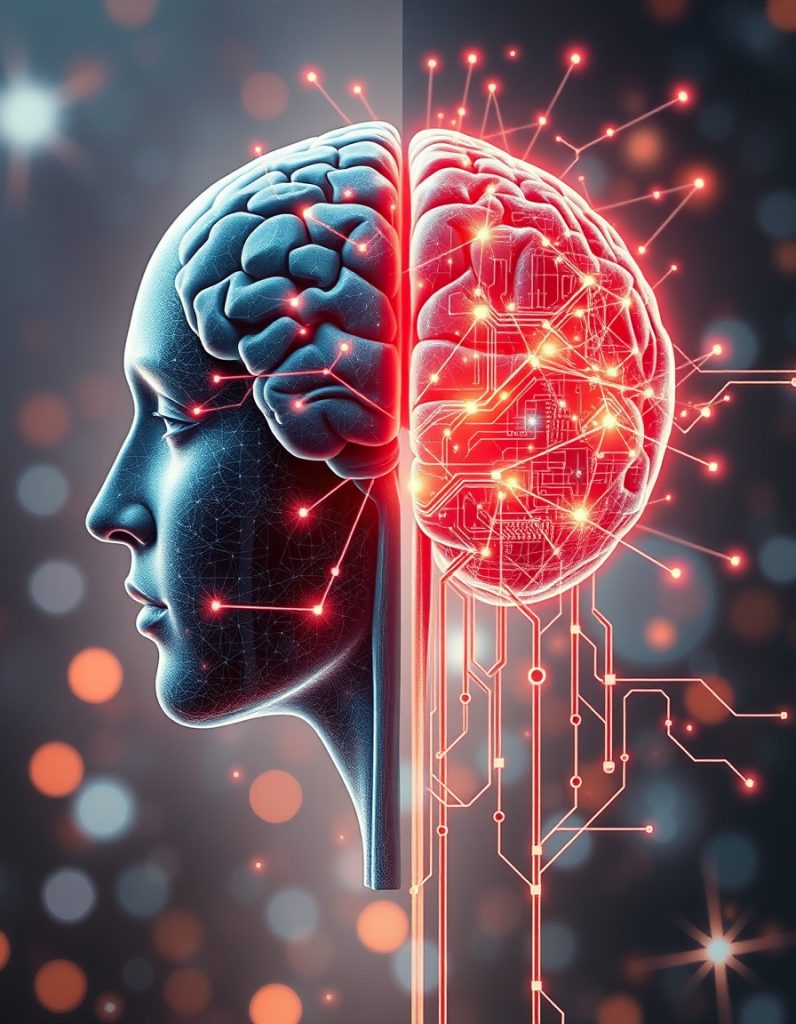
But don’t get me wrong – this isn’t about pitting humans against machines. It’s about recognizing the unique strengths of both. AI excels at processing vast amounts of data and identifying patterns. We humans? We’re the kings and queens of contextual understanding, ethical reasoning, and creative problem-solving. By honing our critical thinking skills in the AI age, we’re not just keeping up with the machines – we’re elevating our collective intelligence to new heights!
So, are you ready to supercharge your brain and become a critical thinking ninja in this AI-powered world? Stick with me, because we’re just getting started on this wild ride through the future of thought!
The Impact of AI on Our Cognitive Processes
Buckle up, folks! We’re about to dive deep into how AI is messing with our minds – in both awesome and slightly terrifying ways. Welcome to the cognitive rollercoaster of the critical thinking AI age!
First up: information overload. Holy moly, it’s like drinking from a firehose these days! Our brains are bombarded with data 24/7, and AI is only cranking up the volume. It’s enough to make your head spin! But here’s the kicker – more information doesn’t always mean better thinking.
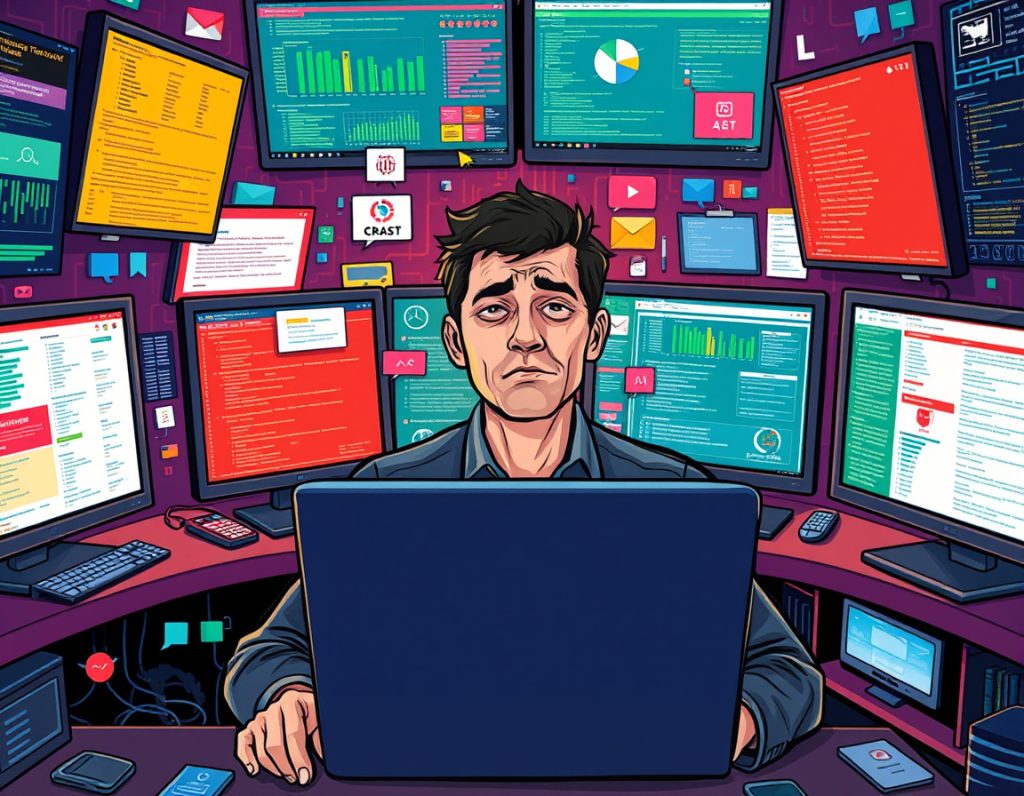
In fact, it can short-circuit our critical thinking abilities. We start skimming instead of analyzing, accepting instead of questioning. Yikes!
Now, let’s talk about the Jekyll and Hyde of AI assistance in problem-solving. On one hand, it’s like having a super-smart buddy always ready to help. Need to crunch numbers or spot patterns? AI’s got your back! But (and it’s a big but), there’s a sneaky downside. We might start relying too heavily on AI, letting our analytical reasoning skills get rusty. It’s a classic “use it or lose it” situation, folks!
Cognitive biases amplified by AI algorithms and how to recognize them
And don’t even get me started on cognitive biases! We, humans, are already a walking bundle of biases but throw AI into the mix, and things get wild. These AI algorithms can amplify our existing biases or introduce new ones we never saw coming. It’s like bias on steroids!
For example, ever notice how your social media feed seems to agree with you a little too much? That’s algorithmic thinking at work, potentially reinforcing our biases and creating echo chambers. Sneaky, right?
But fear not! Recognizing these AI-amplified biases is the first step in outsmarting them. Here’s a pro tip: always ask yourself, “Why am I seeing this information? What might be missing?” It’s all about keeping that critical thinking muscle flexed in the AI age.
Remember, in this crazy AI-assisted learning landscape, our ability to think critically is our secret weapon. It’s what separates us from the machines and helps us navigate this info-saturated world like a boss!
So, are you ready to level up your critical thinking skills and show AI who’s really in charge? Stick around, because we’re about to dive into some mind-blowing techniques to keep your brain sharp in this wild critical-thinking AI age!
Essential Critical Thinking Skills for the AI Age
Alright, brain athletes! It’s time to flex those mental muscles and level up our game in the critical thinking AI age. Trust me, these skills are like your secret weapons in a world where AI is getting smarter by the second!
First up: analytical reasoning. This is your superpower for breaking down complex AI-generated info. Picture this: You’re faced with a massive report churned out by an AI in milliseconds. Don’t panic! Your job is to dissect it, question it, and piece it back together. It’s like being a detective, but instead of solving crimes, you’re cracking the code of AI-speak. Cool, right?
Next on our critical thinking hit list: evaluating sources. Let me tell you, this skill is pure gold in today’s world! With AI cranking out content faster than we can blink, telling the difference between AI-generated and human-created stuff is crucial. It’s like being a digital sommelier, sniffing out the authentic human touch from the AI-produced content. Develop this skill, and you’ll be the go-to guru in your circle for spotting genuine info!
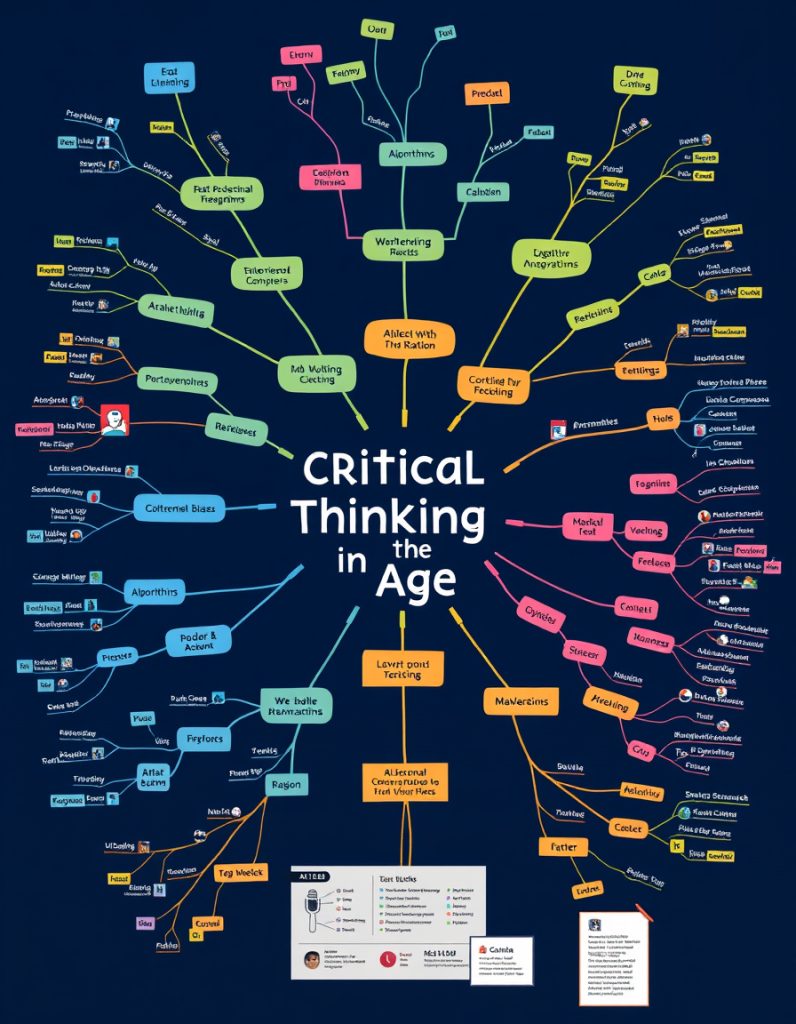
Metacognition: Reflecting on our own thinking processes in relation to AI
Last but definitely not least: Metacognition. Okay, I know it sounds like a fancy sci-fi term, but stick with me here! It’s all about thinking about your thinking. Mind-blowing, right? In the critical thinking AI age, we need to constantly reflect on how AI is influencing our thought processes. Are we relying too much on AI suggestions? Are we questioning enough? It’s like having an internal dialogue with your brain, keeping it in check and on its toes.
Here’s a pro tip: Start asking yourself, “How did I arrive at this conclusion? Was it my own critical thinking, or did AI influence me?” Trust me, this self-awareness is like a superpower in disguise!
Remember, folks, in this wild AI-assisted learning landscape, these skills are your ticket to staying sharp and ahead of the game. They’re not just nice-to-haves; they’re must-haves for navigating our AI-saturated world.
So, are you ready to become a critical thinking ninja in the critical thinking AI age? Let’s dive deeper and explore how to put these skills into action. Buckle up, because your brain is about to get the workout of a lifetime!
Practical Techniques to Enhance Critical Thinking
In the AI age, where information is generated at lightning speed, evaluating the credibility of what we encounter is more important than ever. The CRAAP test—which stands for Currency, Relevance, Authority, Accuracy, and Purpose—is a powerful tool for assessing the quality of AI-generated content. By applying this method, you can sift through information overload and discern which data is trustworthy, ensuring your decisions are based on solid, reliable sources. It’s like having a critical thinking filter that keeps you from falling into the trap of AI-induced biases.
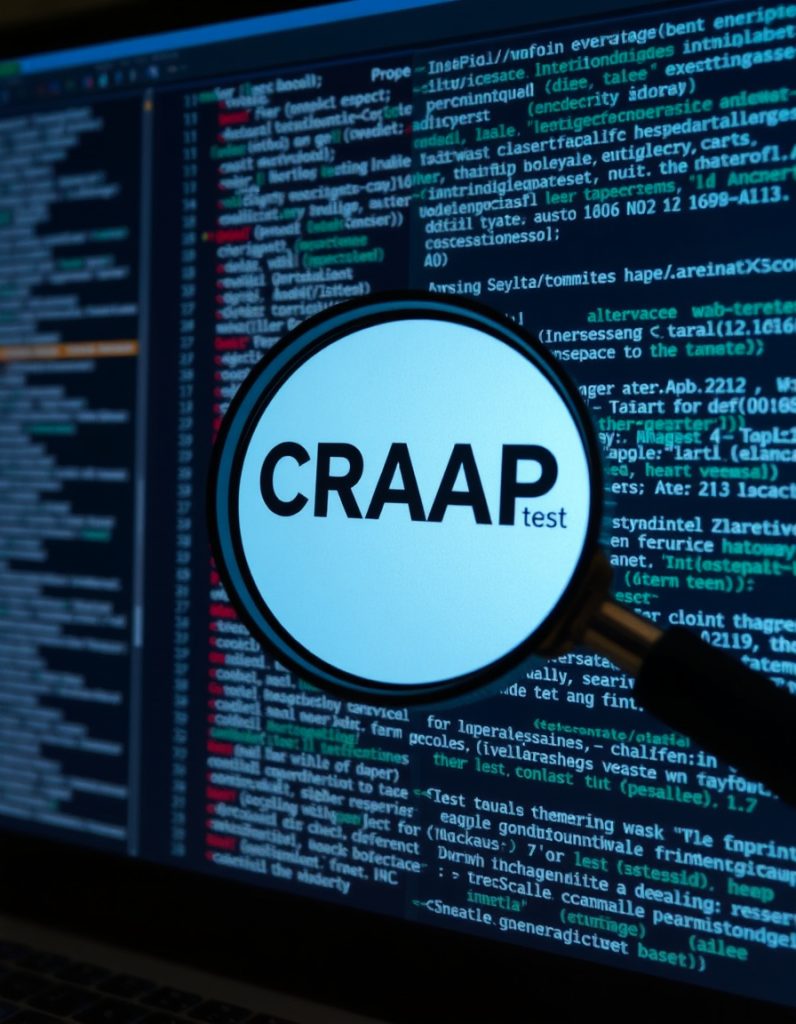
Socratic Questioning in the Age of Instant AI Answers
With AI providing instant answers at our fingertips, it’s easy to accept responses at face value.
Socratic questioning—a technique that involves asking a series of probing questions—helps us dive deeper into the information presented.
In this era of AI-assisted decision making, asking “why” and “how” can reveal underlying assumptions, encourage deeper analysis, and ultimately lead to more thoughtful and informed conclusions.
Mind Mapping to Visualize Complex AI-Related Concepts
Mind mapping is an excellent technique for organizing and visualizing the intricate relationships between AI concepts. As AI technology becomes increasingly complex, visual tools like mind maps can help you break down and understand these ideas in a structured way.
This approach not only enhances critical thinking but also fosters creative thinking with AI, enabling you to see connections that might otherwise go unnoticed. Mind mapping is particularly useful in the AI age, where comprehending the big picture is key to making informed decisions.
Overcoming AI-Induced Cognitive Challenges
In the AI age, one of the most pressing challenges is information overload. With AI algorithms bombarding us with data, it’s easy to feel overwhelmed. However, by employing effective information filtering techniques, such as prioritizing content based on relevance and reliability, you can regain control.
Tools like AI fact-checking systems and customized alerts can help you sift through the noise, ensuring you focus only on what truly matters. This not only reduces cognitive strain but also enhances your critical thinking skills in navigating the digital landscape.
Strategies for Maintaining Focus in an AI-Driven, Distraction-Rich Environment
AI technologies are designed to capture our attention, often leading to digital distractions. To maintain focus, it’s essential to implement digital distraction management strategies.
Techniques like time-blocking, mindfulness practices, and setting clear boundaries with technology can help you stay on track. By consciously managing your interaction with AI-driven tools, you can sharpen your analytical reasoning and ensure that your cognitive processes remain aligned with your goals, rather than being hijacked by endless notifications and content streams.

Developing Digital Skepticism Without Falling into Conspiracy Thinking
In a world where AI plays a significant role in shaping the information we consume, cultivating digital skepticism is crucial. This means questioning the sources and motives behind AI-generated content while avoiding the pitfall of conspiracy thinking.
By practicing Socratic questioning and applying the CRAAP test to digital information, you can develop a healthy level of skepticism. This approach ensures that your critical thinking remains grounded in evidence and logic, empowering you to make informed decisions without succumbing to misinformation.
Integrating AI Tools to Augment Critical Thinking
In the AI age, AI tools have become invaluable for conducting swift and comprehensive research. However, while AI can provide a wealth of information, it’s essential to approach this data with a critical eye.
Start by using AI to gather and organize data efficiently, but don’t stop there. Apply your critical thinking skills to assess the accuracy, relevance, and credibility of the information. This balanced approach ensures that AI serves as a powerful assistant, while your human judgment remains the guiding force behind decision-making.

Using AI-Powered Fact-Checking Tools to Verify Information
With the rise of misinformation, the ability to verify information is more important than ever. AI-powered fact-checking tools can be incredibly helpful in this regard, automatically cross-referencing data against reliable sources to ensure its validity. However, relying solely on these tools isn’t enough. Incorporate digital skepticism and personal judgment to interpret the results critically, ensuring that the information you rely on is both accurate and trustworthy.
Collaborative Critical Thinking: Human-AI Partnerships in Problem-Solving
One of the most exciting developments in the AI age is the potential for human-AI collaboration in problem-solving. By combining the strengths of AI—such as rapid data processing and pattern recognition—with human critical thinking, we can tackle complex challenges more effectively.
This partnership enhances both creative thinking and analytical reasoning, allowing for more nuanced and innovative solutions. As we move forward, cultivating these AI-human partnerships will be key to solving the intricate problems of our time while ensuring that ethical considerations and human values remain at the forefront.
Ethical Considerations in AI-Assisted Critical Thinking
As we increasingly rely on AI in decision-making, it’s crucial to be aware of potential biases embedded within AI algorithms. These biases can subtly influence outcomes, leading to skewed decisions. Developing a strong sense of AI ethics is key to recognizing these biases. By employing critical thinking skills and questioning the data and methodologies behind AI-generated insights, we can identify and mitigate these biases, ensuring that our decisions are fair, balanced, and just.
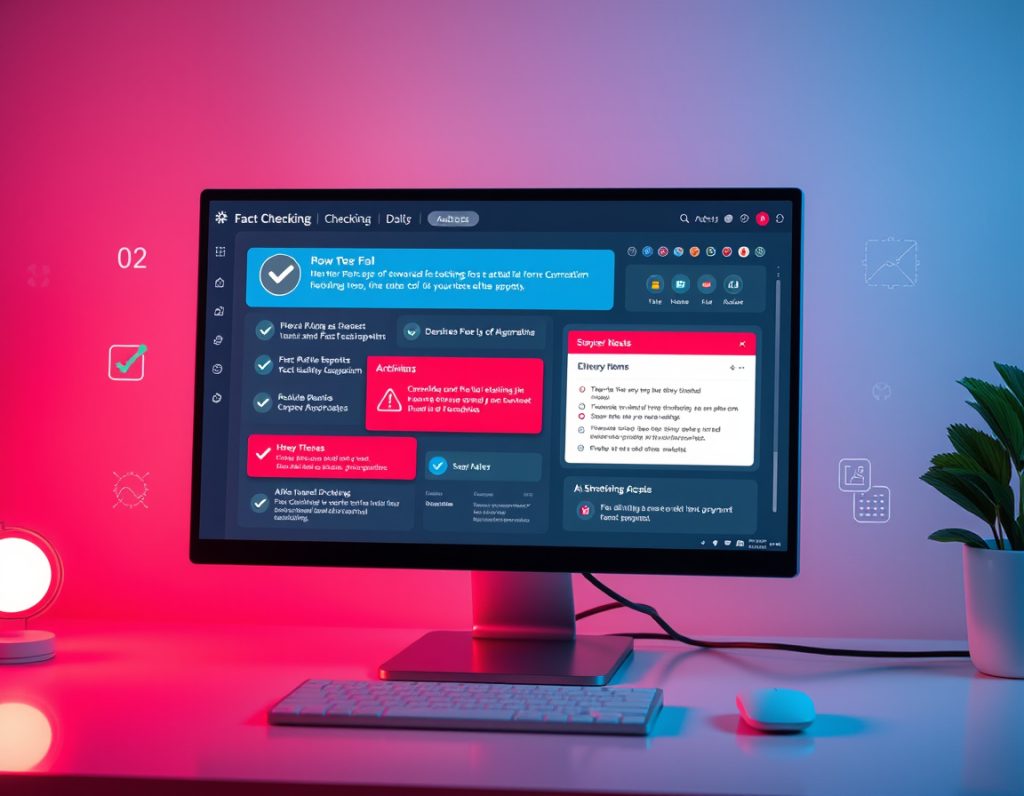
Balancing Reliance on AI with Independent Thought
AI can be a powerful tool, but over-reliance on it can diminish our capacity for independent thought. Striking a balance between using AI and trusting our own analytical reasoning is essential.
While AI can provide valuable assistance in processing information and offering recommendations, it’s vital to maintain a level of digital skepticism.
By continually questioning and validating AI outputs, we preserve our autonomy and ensure that our decisions reflect not just the efficiency of AI, but the wisdom and insight that only human judgment can bring.
Transparency is a cornerstone of ethical AI. Understanding how AI systems arrive at their conclusions is crucial for maintaining trust and accountability in AI-assisted reasoning.
When AI processes are transparent, we can better evaluate their outputs using our critical thinking frameworks, ensuring that the reasoning behind decisions is clear and justifiable. Transparency allows us to scrutinize the algorithms, understand the data they use, and assess how these factors influence outcomes.
This clarity is essential in making informed decisions and upholding ethical standards in an increasingly AI-driven world.
Conclusion
We’ve covered a lot of ground, haven’t we? From exploring how AI is transforming our cognitive landscape to equipping ourselves with practical techniques for enhancing critical thinking, we’re now more prepared to navigate this brave new world. AI might be advancing rapidly, but there’s one thing it can never replace—the unique, creative, and critically thinking human mind.
That’s your superpower! In this AI age, it’s your ability to question, analyze, and innovate that will keep you ahead. So, keep honing those critical thinking skills and let AI be your ally, not your replacement.
